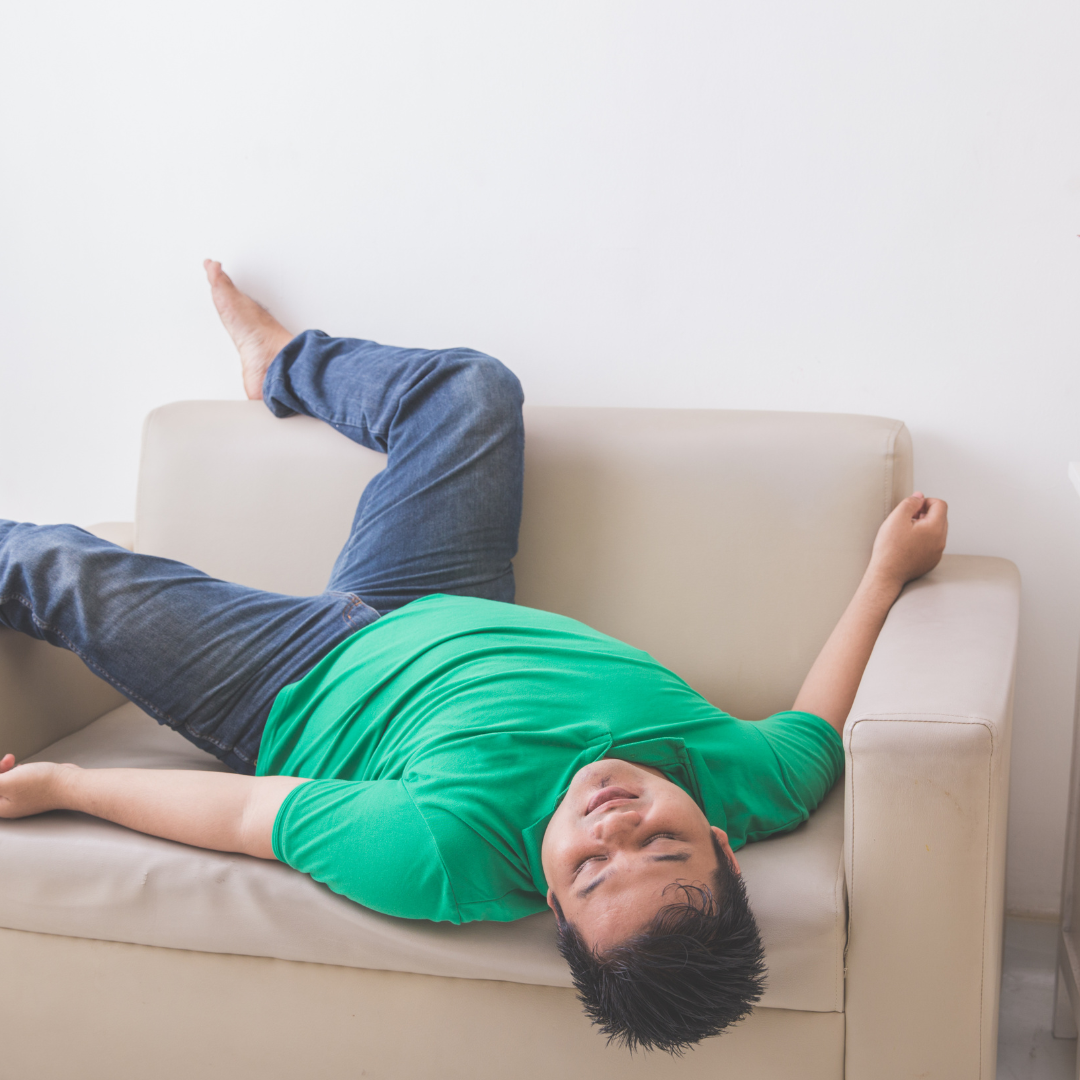
“Sedentary Death Syndrome” is the term used by orthopedic surgeon and longevity expert, Dr. Vonda Wright, to describe the cluster of over 33 chronic diseases—ranging from cardiovascular disease and diabetes to certain cancers—that are directly linked to prolonged inactivity. Research suggests that adding 20–30 minutes of movement per day can reduce your risk of early mortality by up to 20%.
Key Facts
- Definition: A grouping of chronic conditions exacerbated by sitting too long.
- Prevalence: Sedentary lifestyles contribute to hundreds of thousands of preventable deaths annually.
- Independent Risk Factor: Even meeting recommended exercise guidelines doesn’t fully mitigate the risks of excessive sitting insome studies.
Why Women Are Especially at Risk
Women—particularly during midlife transitions such as menopause—are prone to musculoskeletal changes (e.g., bone density loss) and metabolic shifts that can be worsened by inactivity:
- Bone Health: Prolonged sitting reduces mechanical loading on bones, increasing osteoporosis risk.
- Hormonal Fluctuations: Estrogen decline affects muscle mass and joint health, making regular movement critical.
- Heart Disease & Metabolic Syndrome: Women’s cardiovascular risk rises post-menopause; sedentary behavior compounds this risk.
The Science of Movement & Longevity
Movement science research underscores that:
- Breaking Up Sitting Time: Interrupting prolonged sitting with brief activity improves blood sugar control and lowers blood pressure.
- Independent of Exercise: Sedentary behavior elevates mortality risk even when regular workouts are part of your routine.
- Dose–Response Relationship: Every additional hour of sitting is associated with a measurable increase in all-cause mortality, reinforcing the need for consistent low-intensity activity.
Introducing Active Sitting as a Solution
Active sitting transforms the way we sustain postural control, engaging core and lower-body muscles throughout the workday. Instead of a static perch, an active-sitting chair promotes micro-movements that mimic natural standing and walking.
Benefits of Active Sitting
- Enhanced Circulation: Gentle movement boosts blood flow to muscles and the brain, reducing fatigue and sharpening focus.
- Improved Posture & Core Strength: Continuous micro-adjustments strengthen the lumbar and abdominal muscles.
- Metabolic Boost: Even small movements elevate energy expenditure compared to standard chairs.
- Reduced Pain & Stiffness: Regular engagement of support muscles helps prevent the discomfort associated with prolonged sitting.
Practical Tips to Counteract Sedentary Death Syndrome
- Set Movement Reminders: Aim for a 2–3 minute stretch or walk every 30 minutes.
- Incorporate Active Sitting: Replace one standard chair with the Higher Ground Chair to engage your body subconsciously.
- Build Micro-Habits: After each email or call, stand or do a brief core activation.
- Use Technology Wisely: Apps and wearables can track your sitting time and prompt you to move.
- Combine Strategies: Pair active sitting with standing desks or walking meetings for variety.
Evidence-Based References
Wright, V. “Mobility Matters! You Control 70% of Your Health…” Dr. Vonda Wright’s Blog
Dunstan, D. W., et al. “Sitting Time, TV Time, and Premature Mortality Risk. National Library of Medicine
Dunstan, D. W., et al. “Too Much Sitting—A Health Hazard.” Diabetes Research & Clinical Practice
